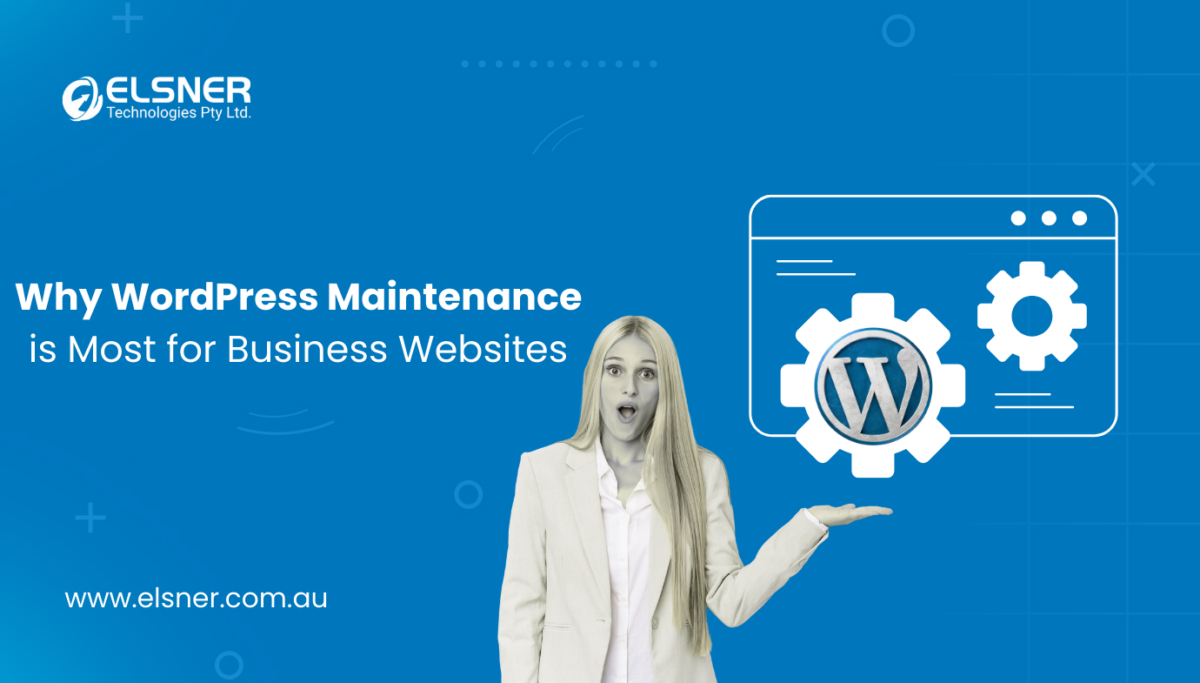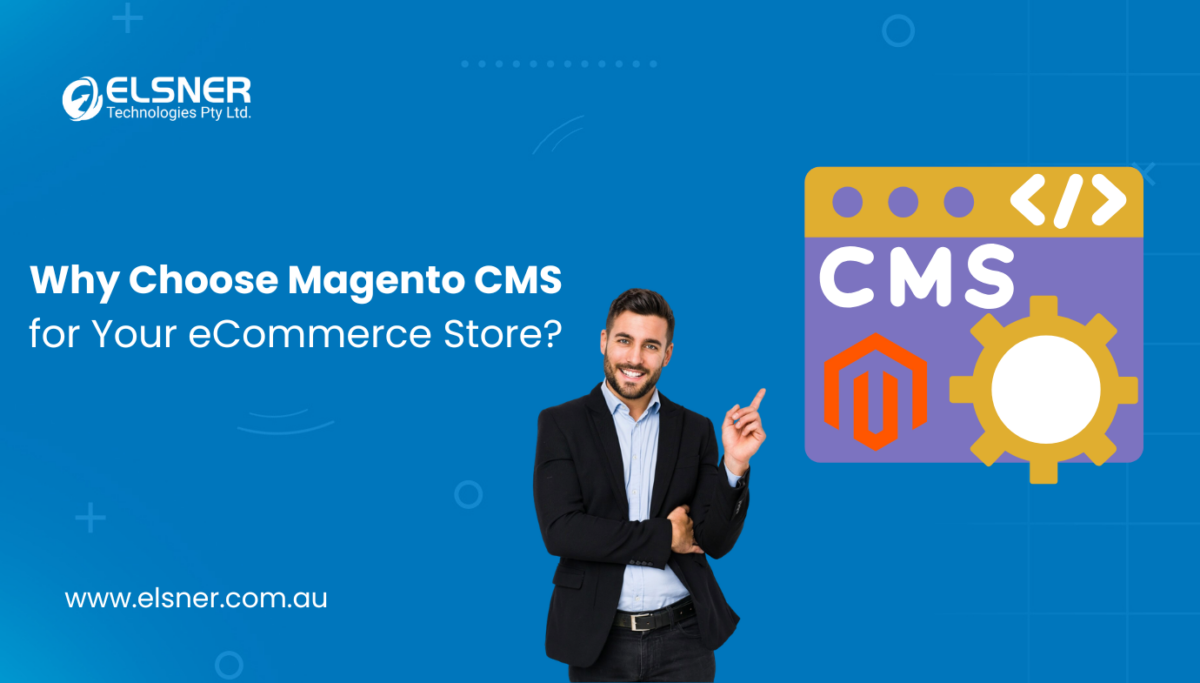WordPress Security Best Practices: Protecting Your Site from Threats
WordPressIn the digital age, having a secure WordPress website is no longer an option; it is necessary. WordPress is a reliable and robust platform, but its popularity makes it a prime target for malicious attacks. It powers over 40% of all websites worldwide, putting hackers and cybercriminals at risk. Attacks can lead to serious issues if you fail to secure your WordPress site.
These might include getting infected with malware, having your data stolen, or, worst case, having your site shut down. Unsecured WordPress websites can lead to data theft, compromised user information, or reputational damage. To prevent such risks, opting for WordPress Development Sydney services ensures better security and website protection.
However, adopting the right strategies can lessen these risks. This article will shed light on the best practices to prevent WordPress hacking, WordPress malware removal, and building a wall of strong WordPress firewall protection.
Whether you are a business owner, blogger, or developer, the following website security suggestions will help you protect your WordPress site competently. Following these WordPress security tips will go a long way toward maintaining security, smooth running, and performance.
1. Most Common WordPress Security Threats
Before we go into the recommended practices for WordPress security, let’s look at the most common security issues encountered by WordPress websites:
a) Brute Force Attacks
Brute force attacks are when the attackers guess the login credentials repeatedly using automated scripts until one finally gets it right.
b) Malware Infections
Malware can access a WordPress website through any of its weak points, such as vulnerable plugins, themes, or third-party scripts. Once a site is infected, it may redirect all its visitors to spammy websites, leak sensitive information, or crash without notice.
c) SQL Injection Attacks
By exploiting the website’s database, hackers manipulate, steal, or delete sensitive data through the injection of malicious SQL codes.
d) Cross-Site Scripting (XSS)
XSS attacks exploit vulnerable themes and plugins, allowing hackers to insert malicious scripts that may steal user credentials or hijack admin accounts.
e) Phishing and Social Engineering Attacks
These types of attacks employ deceptive e-mails or pop-ups that masquerade as official messages crafted to extract sensitive account information from website owners.
Following the list of common threats, let’s venture out into practical ways that you may tighten your WordPress website protection.
2. Update WordPress, Themes, and Plugins
The most effective technique to secure a WordPress website is to keep it updated, including the core, themes, and plugins. Regular updates often include security patches that address newly discovered vulnerabilities. Following essential WordPress web design tips can also help enhance security, ensuring a safer and more robust website.
Why Are Updates Important?
Outdated software is among the leading causes of WordPress hacking. Hackers tirelessly check for vulnerabilities on websites, which are easy targets using outdated plugins and themes. Keeping the software updated protects your website from all such attackers.
- Assure Your Updates Are Current
- Enable auto-updates on WordPress core, themes, and plugins.
- Regularly perform updates manually if automatic updates are not enabled.
- Remove any unused themes and plugins to avoid any security vulnerability they may be exposed to.
For Sydney businesses, hiring a WordPress web design Sydney company can provide your website with ongoing updates and security. Good WordPress development services usually include this in their packages as regular maintenance and updating.
3. Strong Passwords and Activation of 2FA
The weak passwords leave the door to your WordPress site open for hackers to access. Strong passwords and the Two-Factor Authentication service (2FA) can help add that layer of protection.
- Creating Strong Passwords
- Use upper and lowercase letters mixed with numbers and special characters.
- Avoid easily guessable information like birthdays or common words.
- Use a free password manager to generate and store those complex passwords.
Enable Two-Factor Authentication
In a Two-Factor Authentication (2FA) system, users must authenticate their identity using several methods, such as entering a password and an OTP number obtained by phone. There is no shortage of security plugins that embed 2FA, and implementing them is relatively easy.
For Australian businesses, hiring a WordPress developer Sydney or a WordPress developer Melbourne can assist in setting up advanced security measures like 2FA.
4. Installation of a WordPress Security Plugin
A WordPress security plugin is a vital tool for every website owner. These plugins provide features from malware scanning to firewall protection that assist you to prevent WordPress hacking.
The Benefits of Security Plugins
- Real-time monitoring and alerts for suspicious activity.
- Automated scanning and removal of malware.
- Firewall protection to block malicious traffic.
Recommended Security Plugins
- Wordfence: Offers a tough firewall and a malware scanner.
- iThemes Security: In addition to 30+ security features, including 2FA and brute force protection.
- Sucuri: Recognised for malware removal and website hardening tools.
If you are confused about which plugin to choose, a WordPress development company can help you find the most suitable and necessary security tools for your site.
5. Secure Your Login Page
The WordPress login page is usually a favorite hunting ground for hackers to go after. By default, this login is easily accessible, making it vulnerable to brute-force attacks. Securing the login page is an important aspect to protect the WordPress site. Along with security, following essential Tips for WordPress SEO can improve site performance, ensuring better rankings and a safer user experience.
Changing the Default Login URL
- Use plugins such as WPS Hide Login to change the default login URL to something else (e.g., from/wp-admin to/my-secret-login).).
- This will make it difficult for a hacker to access your login page.
Limiting Login Attempts and Using Captchas
- Limit the number of times users might try logging in, which will further prevent brute-force attacks.
- Use a CAPTCHA on your login page; this will ban automated bots.
If you’re unsure which plugin to choose, a WordPress development company can help you select and configure the best security tools for your site.
6: Use SSL Encryption
Secure Sockets Layer (SSL) encryption is a requirement for every website, especially those handling sensitive user data and payment details. SSL encodes information passed between you and your visitors, rendering it incomprehensible to a hacker.
Importance of SSL Certificates
- Protects user data against interception.
- Builds credibility for the site and improves search engine ranking.
- Most hosting offers free SSL certificates through Let’s Encrypt
How to Enable SSL?
- Confirm with your hosting provider for SSL certificate installation.
- Set SSL settings through a plugin called Simple SSL.
For businesses in Australia, working with a WordPress developer Australia can ensure your SSL certificate is properly installed and configured.
7. Regular Backups
Even with the best antivirus software, there is always a slight chance of an error. Regular backups will allow you to recover quickly in case your site suffers an attack or experiences a technical setback. Among WordPress Development Top Features, the ability to schedule automatic backups and restore data easily makes it a reliable platform for website security and management.
Importance of Backups
- Protects data loss due to hacking, server failure, or human error.
- Minimal downtime with restoring from the previous state.
Best Ways And Tools For Backup
- Schedule daily or weekly automated backups with some plugins like UpdraftPlus or in BackupBuddy.
- Keep your backups safe in an off-site, secure location, like on the cloud.
A WordPress development Sydney agency can assist businesses in setting up automated backup systems and safeguarding their data.
8. Restrict User Permissions
Not everyone needs access to all aspects of your WordPress site. Assigning the right user roles reduces the risk of accidental or intentional changes that might otherwise compromise security, such as WordPress firewall protection.
Assign the Proper User Roles
- Use roles like Administrator, Editor, Author, and Contributor to limit access.
- Only grant administrative access to trusted users.
Limitation of Access to Sensitive Settings
- Review user permissions regularly.
- Remove inactive users who are potential security liabilities.
A WordPress web design Sydney company can help Australian businesses set up advanced user management systems for improved security.
9. Secured Hosting & Firewalls
The hosting provider plays a vital role in WordPress security. A secure hosting provider has server-level firewalls, malware scanning, and regular backups.
Choosing a Secure WordPress Hosting Provider
- Look for providers that specialise in WordPress hosting, like SiteGround or WP Engine.
- Verify that they provide strong security measures and round-the-clock support.
Implementation of Firewall Protections
- Install a WordPress firewall plugin to block malicious traffic.
- Consider a WAF for more advanced protection.
A WordPress web development Sydney agency can assist businesses in selecting the right hosting provider for them and setting up robust firewall protection.
10. Scan for Malware and Monitor
Regular malware scanning is important for catching and removing threats before they cause damage. Many security plugins include automated scanning and WordPress malware removal functions. With advancements in WordPress Security with AI, modern tools can now detect and prevent threats in real-time, offering proactive protection against emerging cyber risks.
Regular Malware Scanning
- Use plugins like Wordfence or Sucuri to schedule your scans daily or weekly.
- Look for unusual activities on your site, like unexpected changes to files.
Using Security Plugins for Automated Scans
- Get alerts in real time and monitor suspicious activity.
- Use malware removal tools to clean infected files.
A WordPress developer Melbourne or Sydney can help businesses in Australia implement advanced malware scanning and removal systems in their arrangement.
11. Work with a Professional WordPress Developer
If you don’t have confidence in your website’s security, you could consider hiring professional WordPress developers. Companies that provide WordPress development services, like WordPress Web Design Sydney or WordPress developer Australia, can help you implement highly sophisticated security.
Benefits of Hiring a WordPress Expert
- Receiving customised solutions necessary for your website in question.
- Ongoing support and upkeep, as well as the stability of the site.
What Professionals Do to Enhance Security?
- Diagnose where the security vulnerabilities are by empirical audits.
- Embedding advanced security offers like custom firewalls and code hardening.
For Australian businesses, WordPress development firms will ensure your site is safe and secure from pitfalls of any kind.
Conclusion: Always Stay Up On WordPress Security
Continuous awareness and effort are required to prevent a WordPress site from being targeted by attackers. These best practices—keeping your site’s code current, using strong passwords, using security plugins, and working with professionals—are essential for protection. If you want to ensure top-notch security and performance, it’s always a smart move to hire WordPress developer who can implement advanced security measures and regular maintenance. Always remember that WordPress security is not a job but a process. Remain proactive, and your site will remain foolproof for decades.
By following these WordPress security tips, you are in a position to keep your WordPress site free of threats and safe to use. Whether you’re managing your site yourself or working with a WordPress development company, staying proactive is the key to long-term security.
FAQs
1. What are the most prevalent security dangers to WordPress sites?
Common dangers include brute force attacks, malware infections, SQL injections, and cross-site scripting, also known as XSS.
2. How can I safeguard my WordPress login page from hackers?
Change the ordinary login pages, limit login attempts, and enable two-factor authentication.
3. What is the best security plugin for WordPress?
Wordfence, iThemes Security, or Sucuri are all popular choices.
4. In what intervals should I update WordPress for security?
Weekly checks with automated updates whenever possible.
5. Why is an SSL check important for WordPress security?
SSL encrypts the data exchanged between your site and its visitors, which makes it impossible for hackers to intercept it.


















